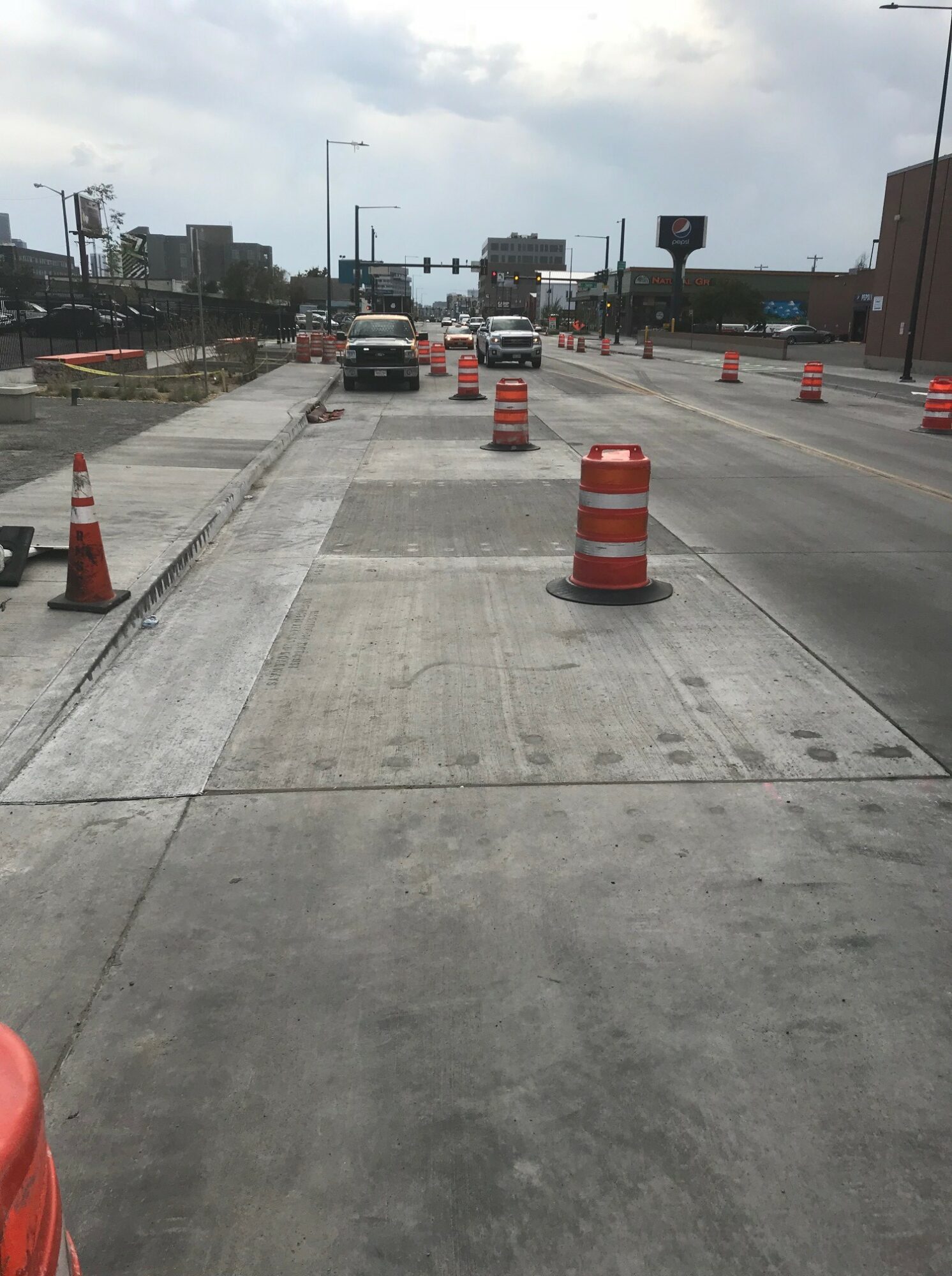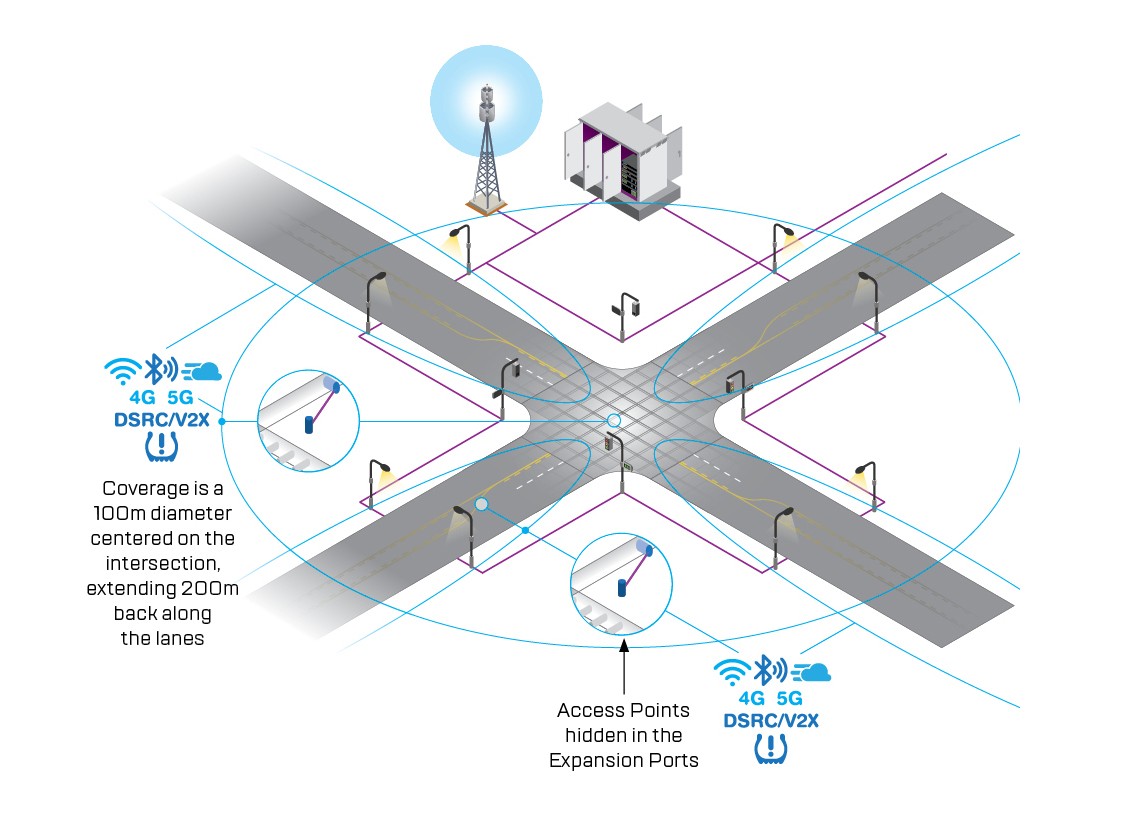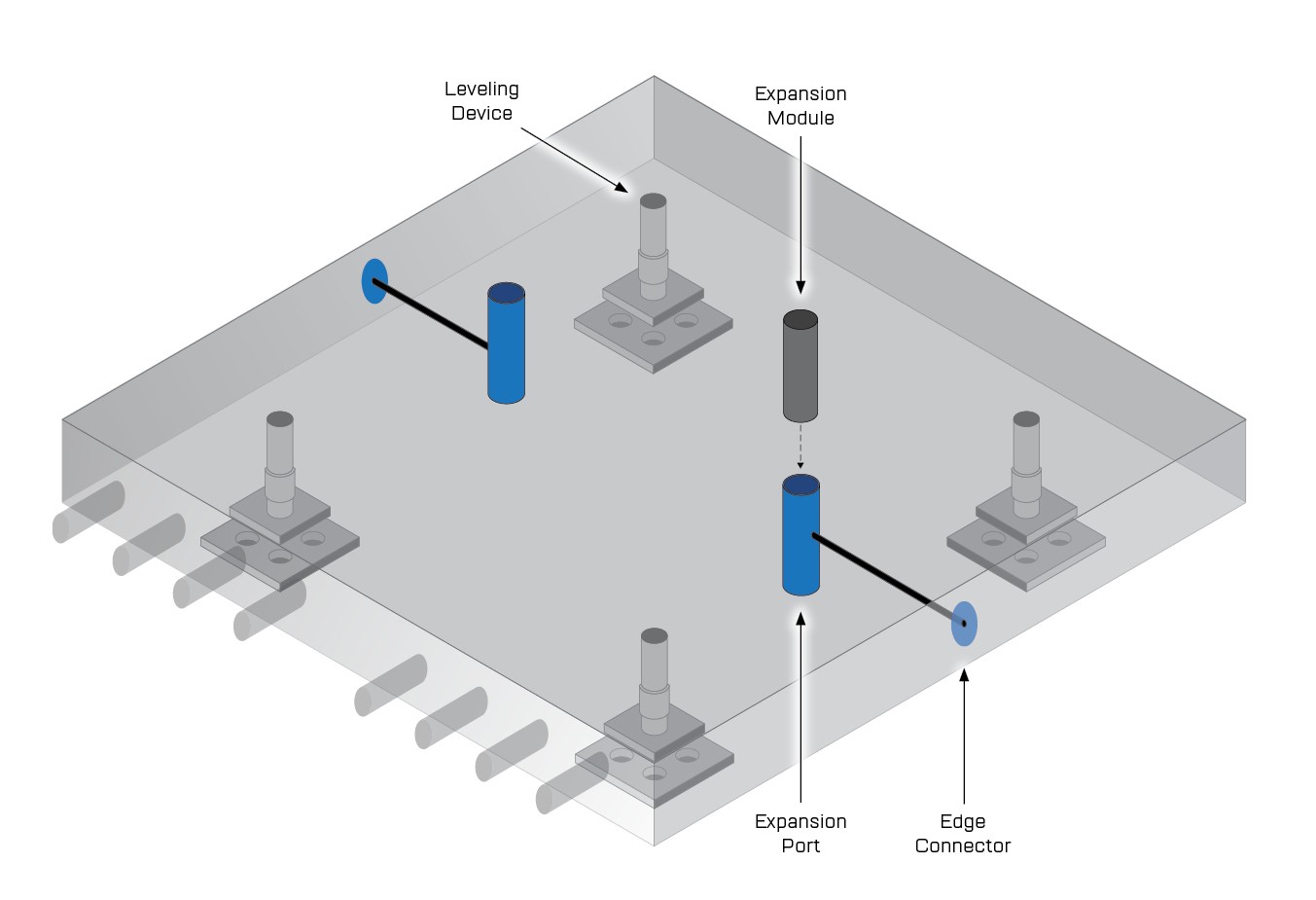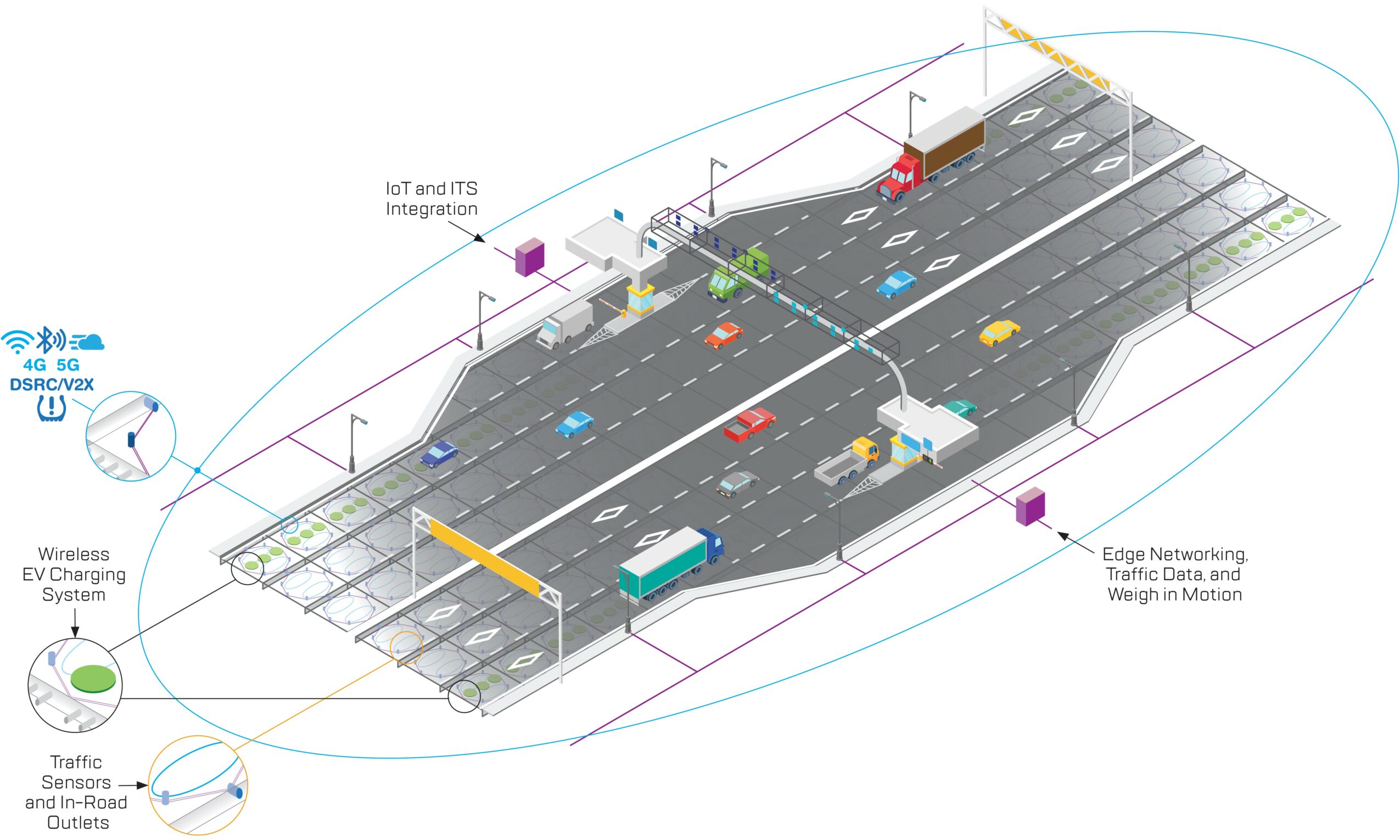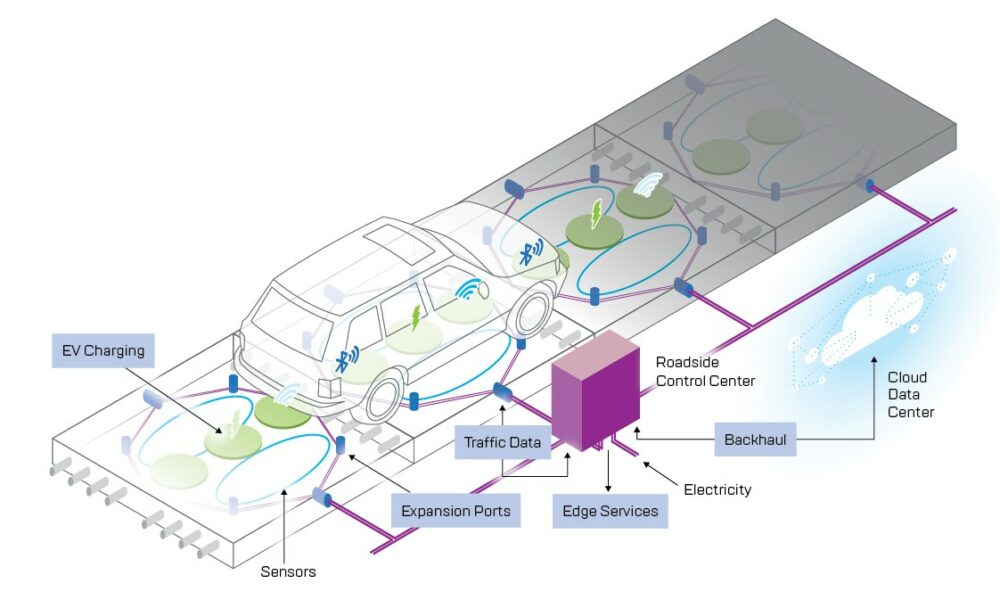

Today we’d like to introduce you to Tim Sylvester.
Alright, so thank you so much for sharing your story and insight with our readers. To kick things off, can you tell us a bit about how you got started?
I’m first-gen internet, I’d already spent half my life online before Tim Berners Lee published HTML in 1994. But coming from rural Missouri, there weren’t any tech jobs available during the .com boom – at least, not available to me. So I went into construction and came to understand how fundamentally important the built environment is to our society and economy. I also saw how outdated the means and methods of construction were, particularly in public infrastructure. Interchangeable parts were invented in the late 1700s, and widely adopted during the industrial revolution… yet almost completely unused to build our cities!
It was obvious to me that infrastructure needed dramatic modernization, while connected, electric, and autonomous vehicles would need network services built into the roadways. It seemed like a perfect match, construction plus network technologies. That’s why I got degrees in electrical and computer engineering so that I could help merge these industries to deliver the next generation of digital infrastructure for our communities.
We all face challenges, but looking back would you describe it as a relatively smooth road?
It’s been intensely difficult, but anything worth doing is hard – if it were easy, someone would have done it already, and thus it wouldn’t be worth doing. The biggest struggle we’ve found is locating capital to build the company.
There’s this odd dynamic where the more money someone has, and thus the more capacity to take risks, the lower their risk tolerance is. The process to raise capital for a new business takes far more time and effort than is objectively sensible, and the unnecessary obstacles result in a much slower business maturation and value creation process because instead of building the company, you’re constantly rattling a tin cup for money.
I would love to be in a position to take on the challenge of helping improve that for the next generation of startups, and I think there are a ton of immediately available improvements to this if we can convince people to step outside the unnecessarily rigid, myopic, outdated processes that are currently used by most professional investors.
But that’s what construction taught me, that the hard stuff is the only stuff worth doing. And that’s why most of our investment has always come from individual persons that care about their community and aren’t afraid of getting involved in something that takes effort. We’re fortunate to have had great investors up to this point who believe in our vision of the next generation of digital infrastructure.
Alright, so let’s switch gears a bit and talk business. What should we know?
We are a digital infrastructure technology developer that sells products to transform roadways into networks that provide a managed services platform for connected, electric, and autonomous vehicles. Just like computers need the internet to reach their full potential, and smartphones are useless without a wireless connection, connected, electric, and autonomous vehicles desperately need digital infrastructure that provides them with data and communications services to operate.
Think of us like Cisco for next-gen vehicles: Cisco doesn’t design or build data centers, but without Cisco, there wouldn’t be data centers, and data centers are what make the internet and cell networks work. That’s what we do, too: design and supply the digital infrastructure tech that cities, states, engineers, and builders need to deliver the next generation of public roadway infrastructure as a digital network.
Recently we were proud to demonstrate our ability to supply factory-build modular roads that can wireless charge moving EVs to Cisco and Ford in Detroit, and look forward to working with them to take it from a demonstration to a real-world installation that anyone can use.
And as of 11/17, we were named by Fast Company as a 2022 “Next Big Thing in Tech”.
https://www.prweb.com/releases/2022/11/prweb19026666.html
We’re always looking for the lessons that can be learned in any situation, including tragic ones like the Covid-19 crisis. Are there any lessons you’ve learned that you can share?
The main thing COVID did was accelerate people’s recognition that the next generation of public infrastructure needed to be natively digital to support the increasing demands of urbanization. We can no longer separate our workspaces from our home spaces, and we need our public infrastructure to supply the same level of service to our communities no matter what the real estate is intended for.
We also found that working from home is not only more convenient and desirable for nearly all of our employees, but that it’s significantly less expensive, less stressful, and dramatically (dramatically) more productive. We may be a company that builds tech for roads, but that doesn’t mean we love sitting in traffic, or driving across town to sit at a different computer that’s worse than the one we have at home. With good infrastructure, any job that doesn’t need you to touch specific objects (manufacturing, retail, hospitality) can be performed more effectively and less costly by working from home.
If all that unused core urban office space were converted to residences, like the Kiewit building in Lenexa that was recently announced, not only could we refill our urban centers, we could solve our housing shortages and lower the cost of leasing or purchasing residences while dramatically reducing pollution and waste.
Contact Info:
- Website: integratedroadways.com
- Instagram: https://instagram.com/integratedroadways
- Facebook: https://www.facebook.com/integratedroadways
- Twitter: https://twitter.com/IntegratedRoads
- Youtube: https://www.youtube.com/c/IntegratedRoadways
- Other: https://www.prlog.org/12924591-integrated-roadways-partners-with-cisco-to-provide-innovative-in-road-wireless-ev-charging.html

